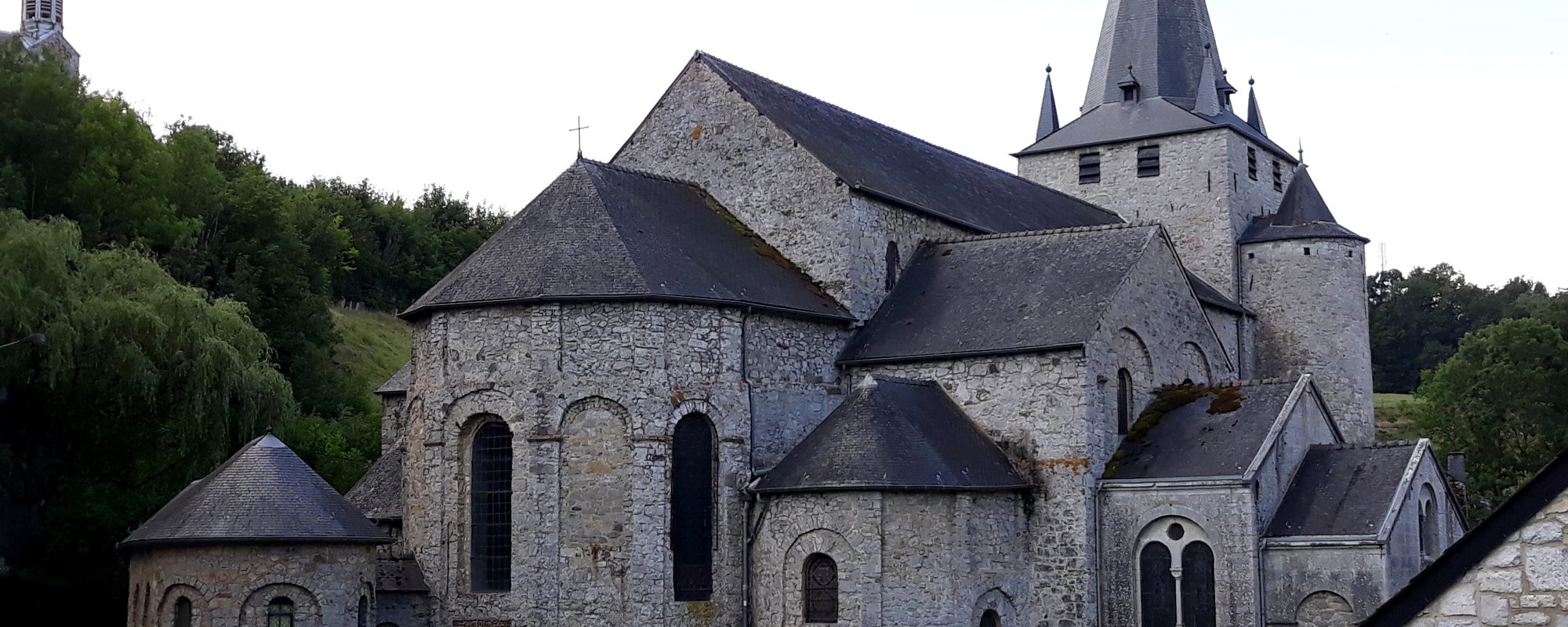
A pivotal part of historical community life, discover the religious heritage that unites our Beautiful Villages.
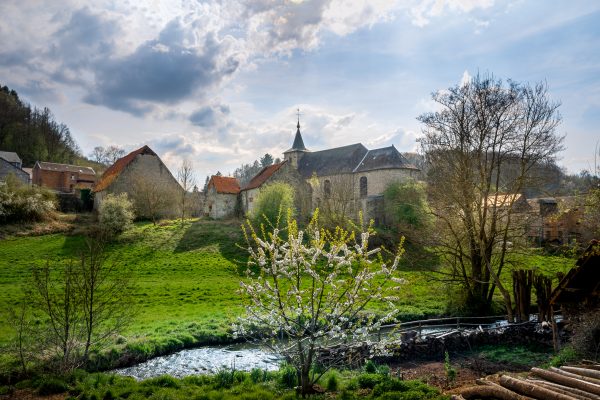
From its small promontory in the shelter of the Molignée, it watches over the village - listed monument
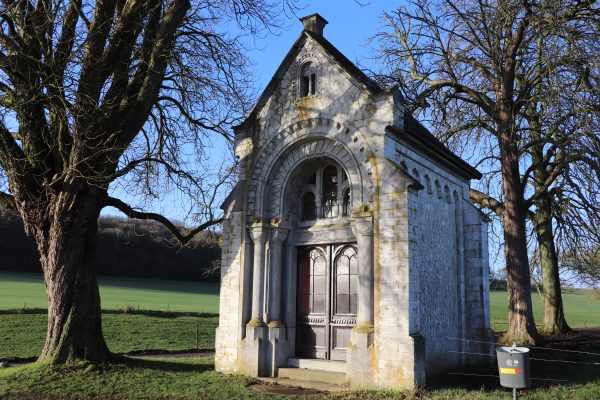
'Neo-Roman' chapel bordering the south-eastern entrance to the village of Falaën.
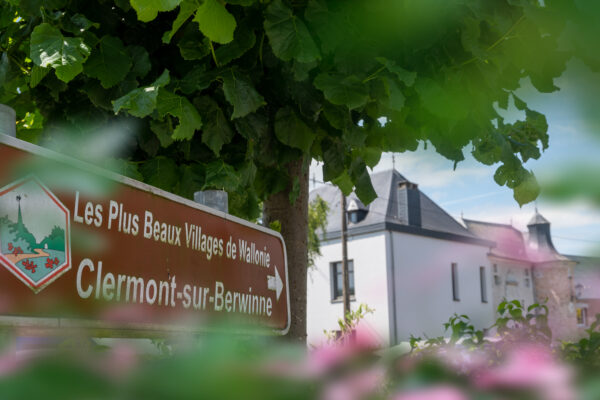
Fondée en 1216 par des moines cisterciens, l’abbaye Notre-Dame du Val-Dieu est un havre de paix au cœur du Pays de Herve. Elle se situe au centre du triangle Liège-Maastricht-Aix-la-Chapelle.
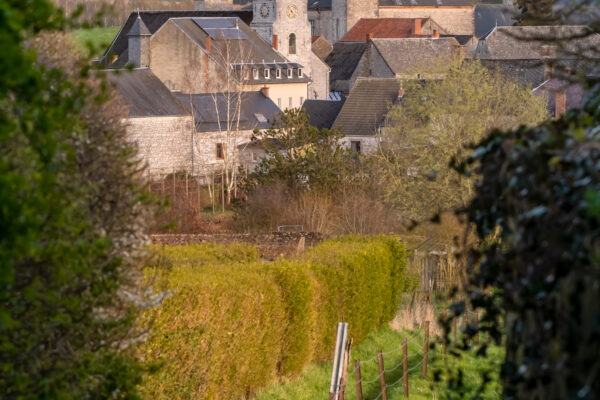
Située au cœur du village, l’église dédiée à saint Léger et édifiée en pierre calcaire a connu, au cours du temps, de nombreuses modifications.
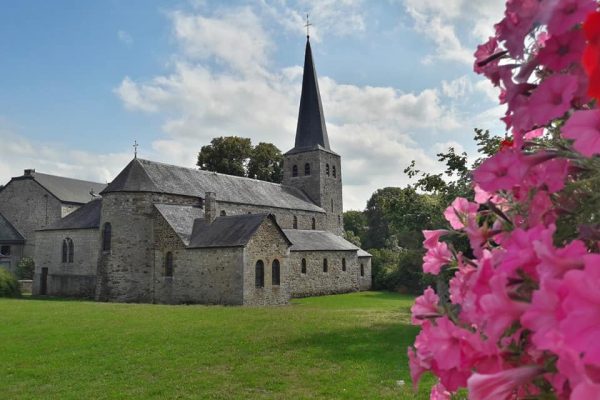
This 11th century Romanesque church, which has undergone major alterations over the years, is built of limestone, iron sandstone and pudding stone in the grounds of the former cemetery.
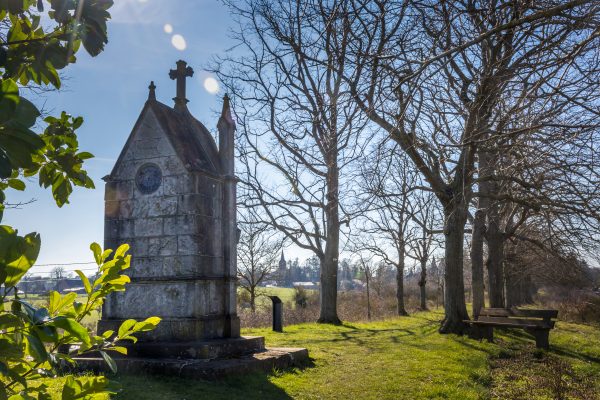
At the end of an alley punctuated by 38 lime trees was a chapel.
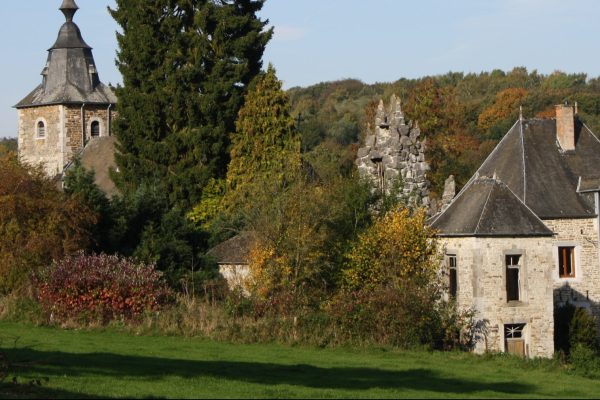
The former presbytery of Crupet, dated 1654, forms a listed site with the church of Saint-Martin, the adjacent old cemetery, the church square and the lime tree.

The homogeneity of the limestone exterior Vs an interior rich in architectural details - listed monument.
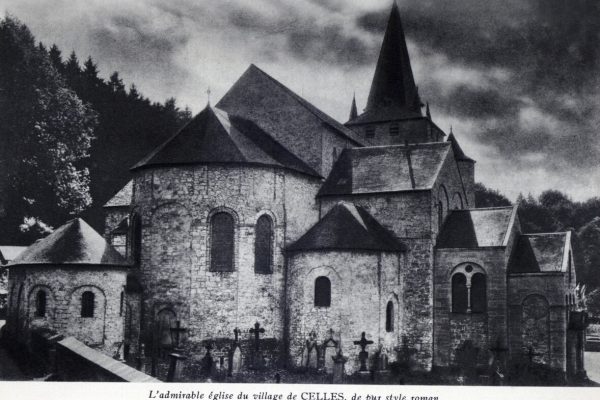
Since the 11th century, the collegiate church has displayed its cascading limestone volumes in the heart of the village of Celles - an exceptional heritage of Wallonia.
The association Les Plus Beaux Villages de Wallonie (The Most Beautiful Villages of Wallonia) oversees a network of 32 villages, bearers of a strong territorial identity and reflecting traditional architecture. It is committed to promoting the rural, cultural and natural heritage of Wallonia and is a part of the development of local and responsible tourism.
More information